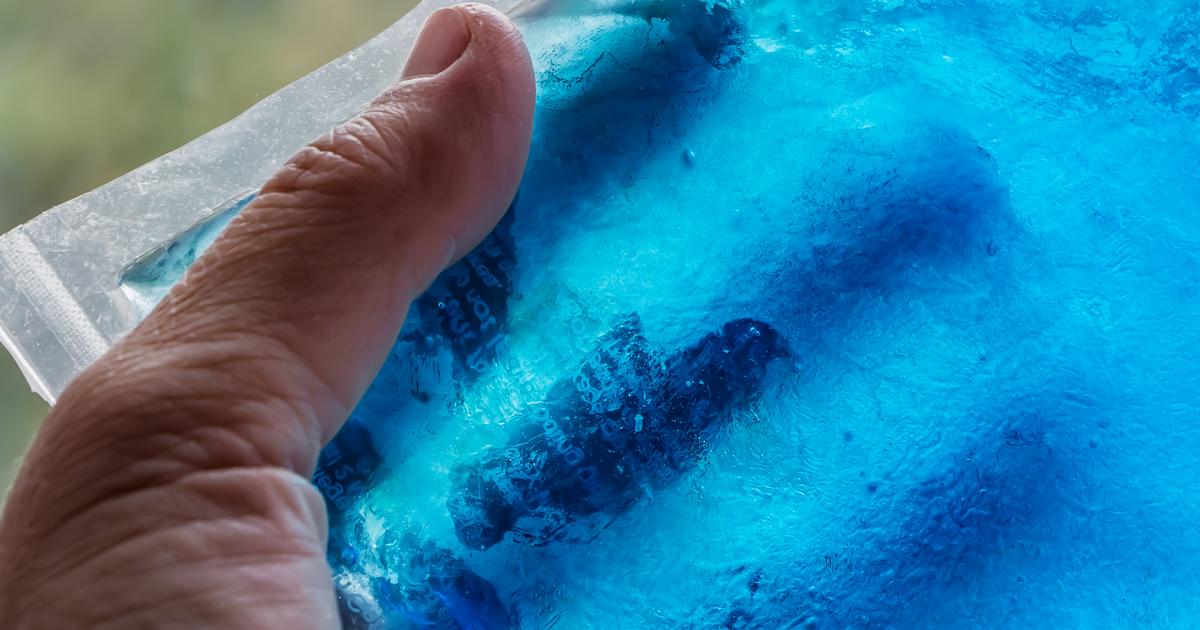Effective Methods for Diagnosing and Treating Trigger Finger
7. Apply Ice

Patients with trigger finger may wish to apply ice to the affected area. To make an ice pack at home, five or six ice cubes can be placed in a plastic bag. The bag should be wrapped in a towel before it is placed on the skin. Reusable gel packs can also be used, and these should be wrapped in a towel as well. Applying ice directly to the skin could result in ice burns. Ice packs can be applied as often as needed, and most patients use these three or four times per day. Since the palms and fingers do not have a lot of fat, the ice pack should be left on the affected area for no longer than ten minutes at a time, and the patient may wish to wait at least an hour before re-applying the ice. If the ice pack is left on the area for longer than ten minutes, this could lead to frostbite. Patients who have high blood pressure, diabetes, poor circulation, or heart conditions should check with a healthcare provider before using an ice pack.
8. Use Soft Grip Covers

Trigger finger is often caused by repetitive hand motions and gripping handles or objects for an extended period. It can be exacerbated by the use of vibrating equipment such as power tools. To reduce strain on the hands and fingers and minimize the effect of vibration, patients may want to use soft grip covers. These covers provide a cushioning layer between the hand and the device being used. Patients might choose to purchase covers for household equipment, bicycles, steering wheels, or motorcycles online, and workplaces may provide soft grip covers for individuals in certain occupations that require heavy use of machinery. It can be helpful to know the diameter of the handle to be covered, and patients may want to consider trying covers made of different materials to find one that suits their needs. Most covers are made of foam or rubber, and they can be installed simply by slipping them over the handle of the device to be covered.
